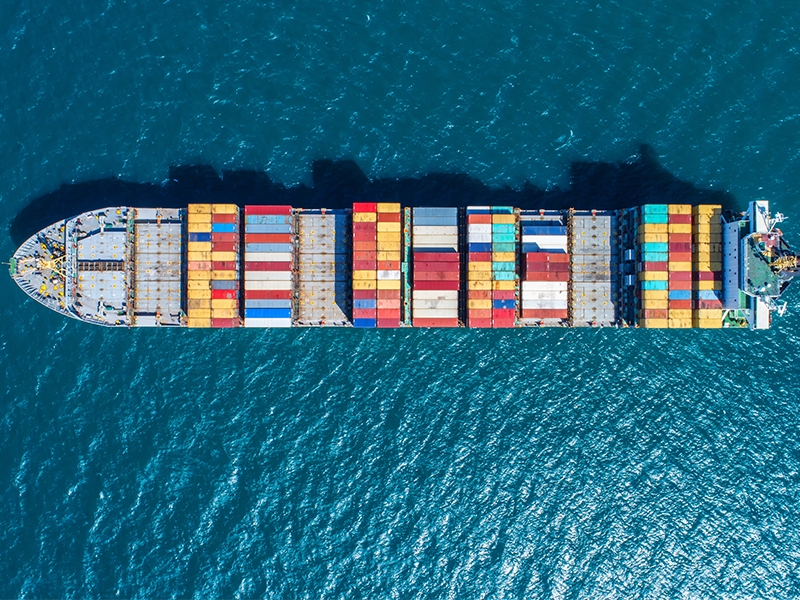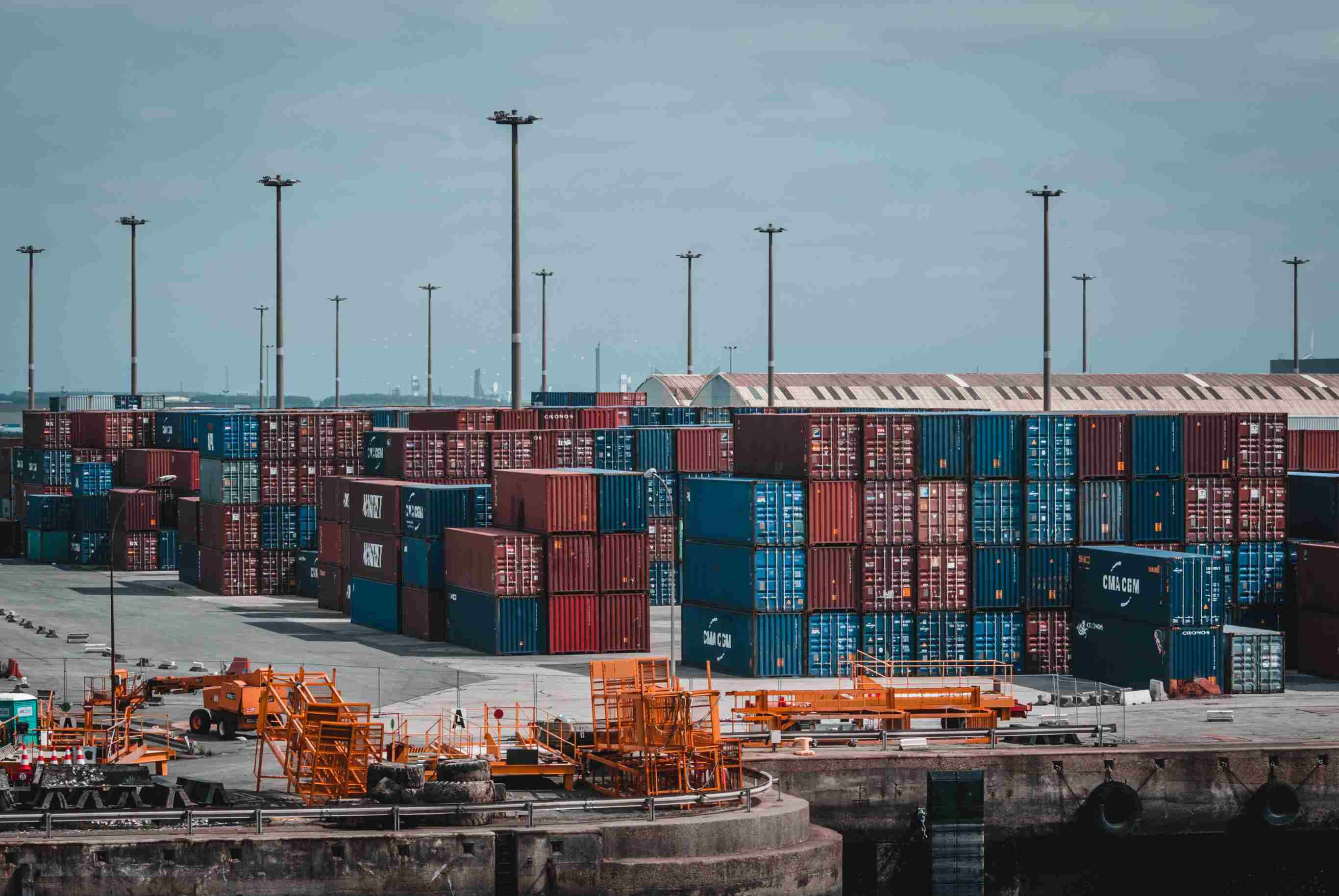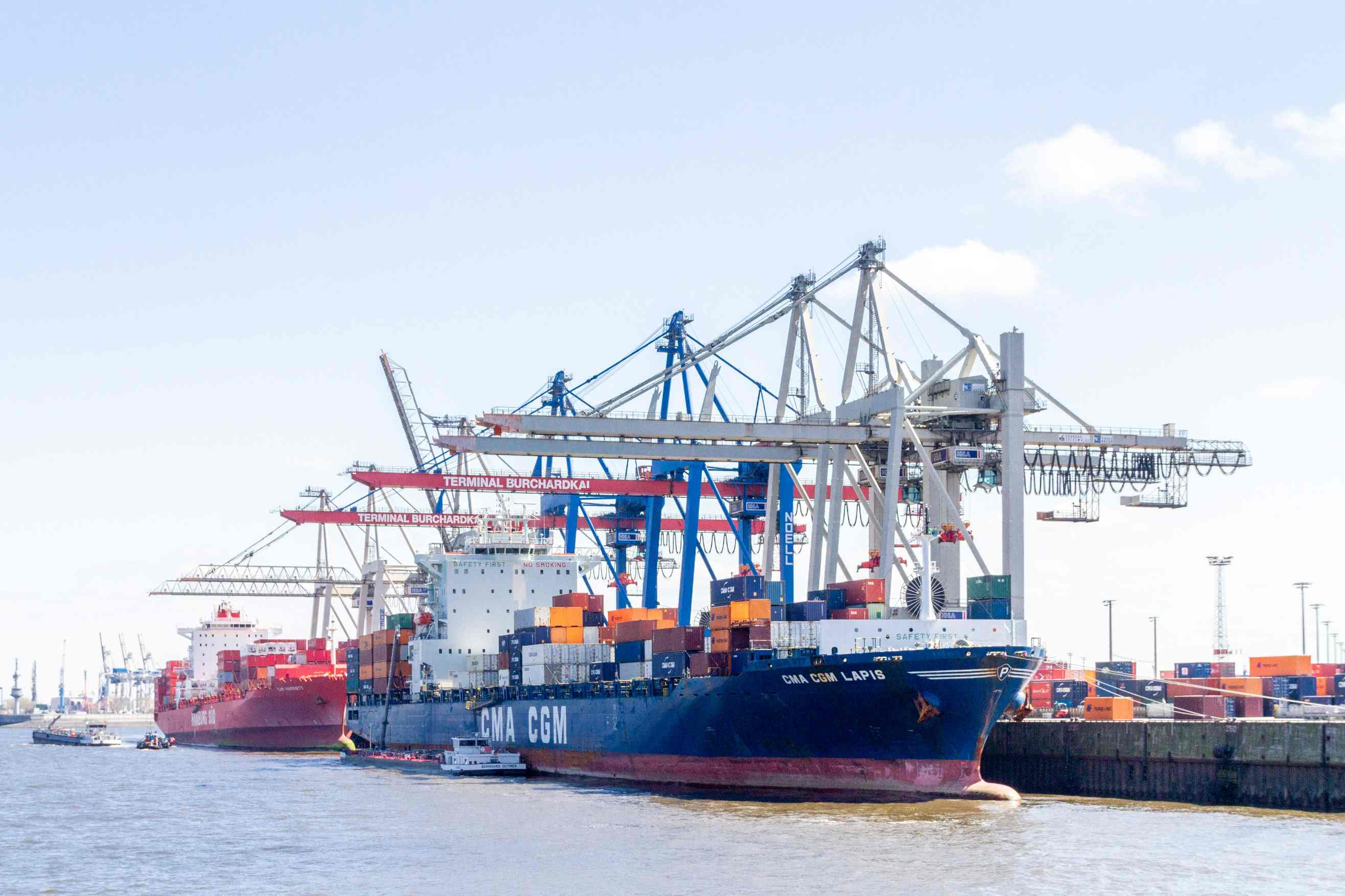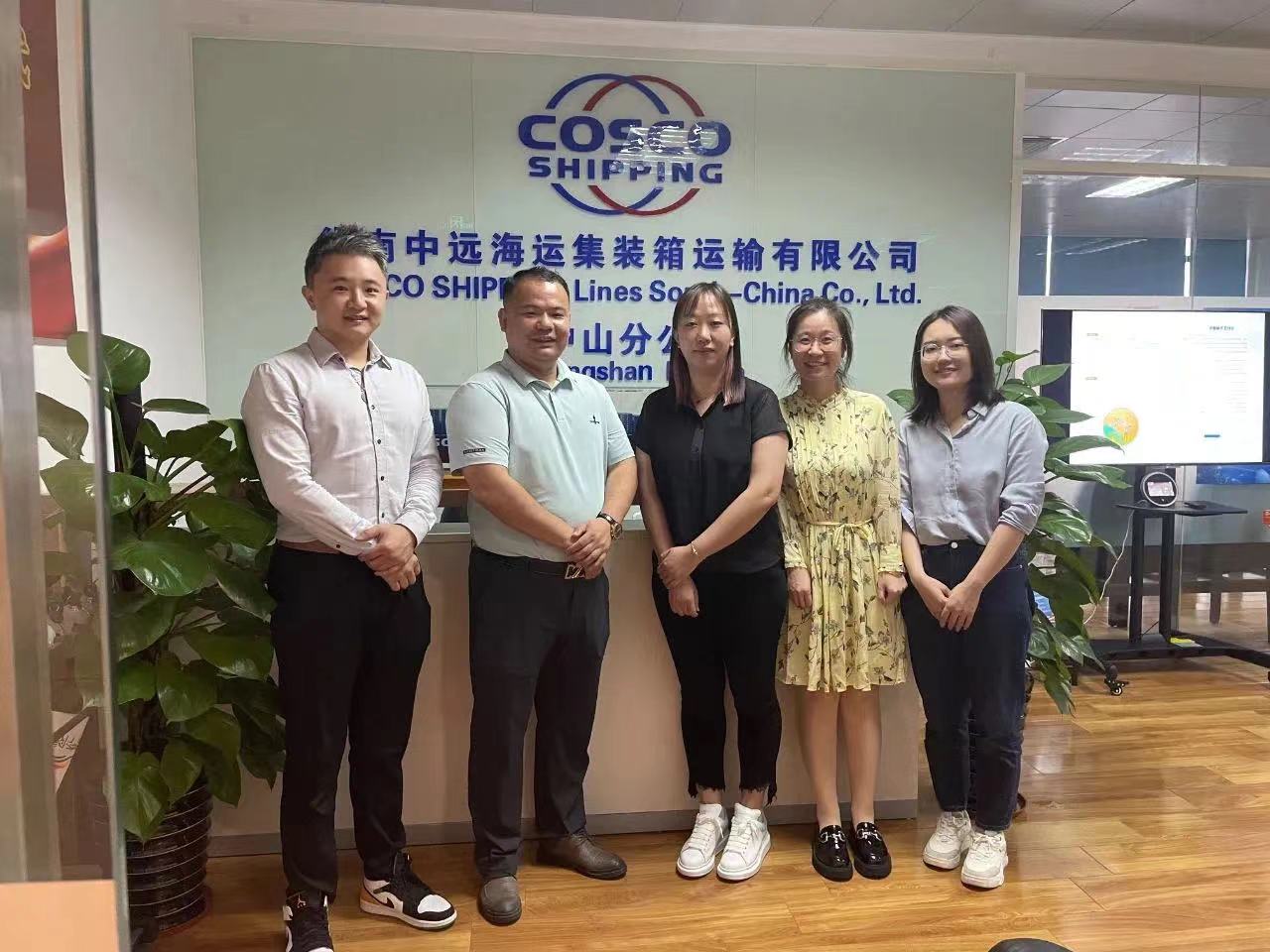FCL vs LCL vs Break-Bulk: Choosing the Most Cost-Effective Freight Solution from China
When shipping goods internationally, choosing the right freight mode isn't just a matter of price ---it impacts transit time, damage risk, clearance complexity, and your buyer’s final delivery.
Many importers and distributors ask:
- Should I go FCL to control the shipment, even if it’s not a full load?
- Can LCL help me save money, or is it less safe?
- For oversized cargo, do I need to book breakbulk, or is an SOC container an option?
In this comprehensive guide, HaiYuan Logistics—a licensed NVOCC and leading China-based freight forwarder—compares three core ocean shipping options:
- FCL: Full Container Load
- LCL: Less than Container Load (shared container)
- Break-Bulk: Conventional large or irregular cargo beyond container capacity
If you regularly ship from ports like Shenzhen, Ningbo or Qingdao to Europe, the Middle East or Southeast Asia, this comparison is for you.
Contents:
- What Are the Shipping Modes & Who Are They For
- Cost Comparison Table (From China Main Ports)
- Which Mode Is Safest and Most Reliable
- When Should You Choose FCL, LCL, or Break-Bulk
- Additional Tips from HaiYuan to Save vs Risk
- Frequently Asked Questions
What Are the Shipping Modes & Who Are They For
HaiYuan customers typically ship a wide variety of products—from electronics to engineering machinery. Each category requires its matched shipping method:
Full Container Load (FCL)
- Use when your shipment can fill an entire 20GP or 40HQ (typically >15-18 CBM)
- Full control over loading, sealing, and unloading
- Ideal for fragile goods, single consignee shipments or high-value inventories
- Best cost per CBM when volume is enough
Less than Container Load (LCL)
- Shared container load; pay per CBM
- Efficient for 1–12 CBM, especially for first-time or test orders
- More handling => higher risk of superficial damage
- Discounted rates via HaiYuan’s weekly consolidation from ports like Shenzhen & Ningbo
Break-Bulk Shipping
- Total weight or dimensions exceed container limit
- Used for industrial machinery, steel structures, plant exports, etc.
- Requires open deck or roll-on/roll-off (RoRo) vessels
- HaiYuan offers engineering coordination, onboard securing plans, and port pre-notices
Cost Comparison Table (From China Main Ports)
|
Mode |
Pricing Basis |
Estimated Base Cost (USD) |
|
FCL 20' |
Per full container |
$1,200 – $1,800 (China → EU, port-to-port) |
|
FCL 40' |
Per full container |
$2,000–$3,500 (depending on route & congestion) |
|
LCL |
Per CBM + fees |
$85–$150 / CBM + fixed documentation & THC |
|
Break-Bulk |
Per freight ton |
$250 – $580 / ton + permits + port handling charges |
- Note from HaiYuan Operations Team:
LCL quotes often look cheaper, but when CBM exceeds 12–15, a full FCL is always more cost-effective. In fact, with SOFs and early bookings, we help clients rationalize cargo to fit FCL space while avoiding LCL handling risks.
- For Break-Bulk, base rates vary widely—HaiYuan provides per-project pricing and a port alignment strategy matching rail/flatbed at the destination.
Which Mode Is Safest and Most Reliable
Risk comes from complexity.
Let’s map mode vs safety, timing and documentation impact:
|
Mode |
Risk of Damage |
Import Clearance Flexibility |
Transit Time |
|
FCL |
Low |
Standard |
30–38 days (EU) |
|
LCL |
Medium |
Shared documents, longer delays |
35–50 days |
|
Break-Bulk |
High (if unsecured) |
Requires precise documents & pre-declaration |
25–45 days (varies) |
HaiYuan manages LCL loading with partnered depots that follow strict packing SOPs and advises buyers on liability scope (especially mixing fragile with heavy).
Break-bulk cargo is pre-inspected at origin, insured under “All Risk Marine Policies,” and accompanied by load schematics.
When Should You Choose FCL, LCL, or Break-Bulk
Recommended Scenarios
|
Business Use Case |
Recommended Mode |
Reason |
|
Full container resale/distributor |
FCL |
Unit cost optimization, time control |
|
Startup ecommerce/Amazon B2B |
LCL |
Flexible with volume, HaiYuan provides FBA-routing support |
|
Pressure vessel, generator export |
Break-Bulk |
Cannot be containerized or needs structural securement |
|
High-value electronics/optics |
FCL |
Avoid repacking or damage from container sharing |
Additional Tips from HaiYuan to Save vs Risk
- Plan for FCL when CBM is over 15 — we help you optimize container fill
- For LCL, avoid peak seasons and use HaiYuan’s weekly consolidated lanes
- Break-bulk clients: submit technical drawings early for route check & permits
- Don’t skip insurance: HaiYuan offers risk-based premiums at 0.3–0.5% of cargo value
- Choose freight forwarders with NVOCC credentials for legal supervision & port advantage
Ready to decide?
Use our Shipping Selector tool to get a method and cost estimate in minutes. → START HERE
Or send your cargo detail & get a human-reviewed schedule suggestion within 12 hours.
Frequently Asked Questions
Q1: Is FCL always cheaper than LCL?
A1: Not always. It’s cheaper per CBM once your cargo exceeds 12–15 CBM. Below that, LCL is best—especially for low-margin or test shipments.
Q2: Can I ship fragile goods via LCL?
A2: Yes, but be cautious. In LCL, cargo is handled by multiple parties. HaiYuan offers “priority-top stack” and extra-pallet packaging to reduce risks.
Q3: What kind of cargo is not allowed in LCL shipments?
A3: Generally, dangerous goods, perishable items, lithium batteries, or cargo that emits odor. Always confirm with HaiYuan’s compliance team in advance.
Q4: Is break-bulk suitable for every port?
A4: No. Only selected major ports support break-bulk (e.g. Hamburg, Antwerp, and Dubai Jebel Ali). HaiYuan will advise according to your unloading needs.
Q5: Can HaiYuan arrange DDP for break-bulk or LCL cargo?
A5: Yes. For eligible countries (EU, SEA, Middle East), we offer DDP service, including:
- Export clearance
- Freight & insurance
- Import VAT prepayment
- Final-mile delivery






